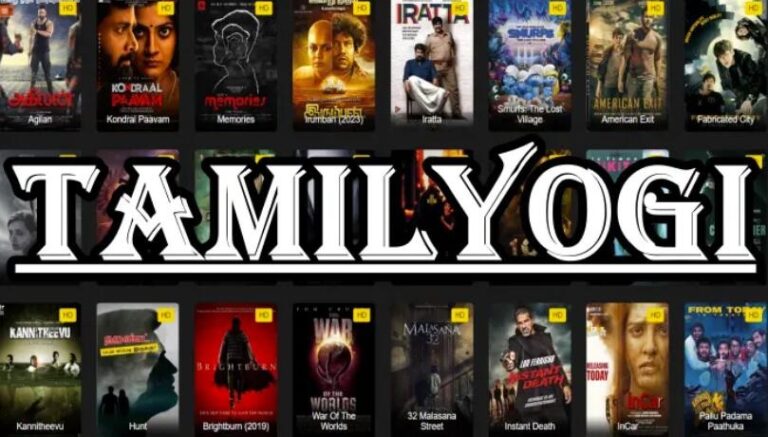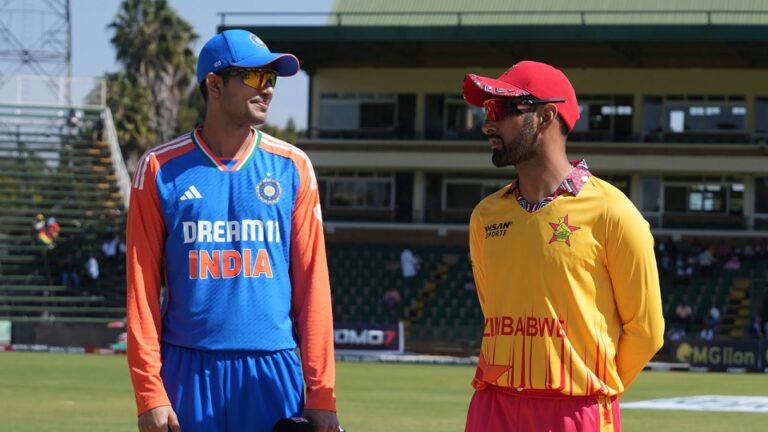
pradhan mantri awas yojana
The Pradhan Mantri Awas Yojana (PMAY) is an ambitious government initiative aimed at providing affordable housing for urban and rural citizens across India. Launched in 2015, the program seeks to address the housing needs of economically weaker sections (EWS), lower-income groups (LIG), and middle-income groups (MIG) by the year 2024. Through subsidies, partnerships, and technological advancements, the PMAY aims to transform India’s housing sector. This article will explore the program’s objectives, benefits, eligibility criteria, application process, and more.
Introduction to Pradhan Mantri Awas Yojana
Pradhan Mantri Awas Yojana (PMAY) was initiated by the Indian government to bridge the housing deficit in urban and rural regions. This flagship program supports the dream of a “Housing for All” mission, focusing on affordable housing construction for underserved sections of society. The scheme comprises two components: PMAY-Urban and PMAY-Gramin (rural), each designed to cater to specific population needs in urban and rural settings.
Table of Contents
Key Objectives of PMAY
The core objectives of the Pradhan Mantri Awas Yojana include:
- Providing affordable housing for all citizens by 2024.
- Encouraging sustainable and eco-friendly housing infrastructure.
- Fostering partnerships between government agencies, developers, and private sector players.
- Ensuring that beneficiaries receive financial assistance or subsidies on home loans to ease the purchase or construction of a house.
- Creating job opportunities in the construction and allied sectors to stimulate the economy.
Types of Pradhan Mantri Awas Yojana
PMAY – Urban
PMAY-Urban, also known as PMAY(U), focuses on affordable housing in urban areas and primarily targets economically weaker sections, lower-income groups, and middle-income groups. It covers:
- In-situ slum redevelopment
- Affordable housing in partnership (AHP) with private developers
- Beneficiary-led construction (BLC) or enhancement for those who already own land or a house
PMAY – Gramin
PMAY-Gramin (PMAY-G) aims at constructing affordable housing in rural India. Under PMAY-G, beneficiaries receive financial assistance to build or improve their homes with better infrastructure, sanitation, and safety.
Eligibility Criteria
To benefit from the PMAY scheme, applicants must meet specific eligibility criteria. Below are the requirements for each category:
Eligibility for PMAY-Urban
- EWS (Economically Weaker Section): Annual household income should not exceed INR 3 lakhs.
- LIG (Lower Income Group): Annual household income should be between INR 3 lakhs and INR 6 lakhs.
- MIG-I and MIG-II (Middle Income Groups): For MIG-I, income should range between INR 6 lakhs to INR 12 lakhs; for MIG-II, it should be between INR 12 lakhs and INR 18 lakhs.
- Slum Dwellers: People living in urban slums are eligible for PMAY assistance.
Eligibility for PMAY-Gramin
For PMAY-G, eligible beneficiaries must:
- Be homeless or live in houses with less than two rooms and without proper walls or roofs.
- Have no other ownership of a house within the family.
Benefits of Pradhan Mantri Awas Yojana
Pradhan Mantri Awas Yojana offers numerous benefits to its beneficiaries:
- Interest Subsidy: Homebuyers under PMAY receive interest subsidies ranging from 3% to 6.5% on home loans, making it easier to own a house.
- Eco-Friendly Construction: The government promotes the use of eco-friendly materials and technologies, which helps reduce the environmental impact.
- Special Focus on Women and Minorities: Women, senior citizens, disabled individuals, and minority communities are given priority under the PMAY scheme.
- Improved Living Standards: Beneficiaries enjoy improved housing facilities, sanitation, and basic amenities, which contribute to an overall better quality of life.
Application Process for PMAY
Steps to Apply Online
- Visit the Official PMAY Website: Go to for rural applications.
- Select the Citizen Assessment Option: Choose the relevant option based on whether you belong to the urban or rural segment.
- Enter Aadhaar Details: Aadhaar is mandatory for verification.
- Fill Out the Application Form: Provide necessary details such as income, family members, location, etc.
- Submit the Form: After filling in all the details, submit the form and save the application reference number.
Steps to Apply Offline
Alternatively, applicants can visit Common Service Centers (CSCs) to apply offline by submitting the required documents and filling out the application form under the guidance of an official.
Subsidy Details
The PMAY scheme offers an interest subsidy based on the applicant’s income category:
- EWS and LIG: 6.5% subsidy on home loans up to INR 6 lakh.
- MIG-I: 4% subsidy on home loans up to INR 9 lakh.
- MIG-II: 3% subsidy on home loans up to INR 12 lakh.
This subsidy is credited upfront to the loan account, reducing the principal loan amount and thereby lowering EMIs (Equated Monthly Installments).
Progress and Impact of PMAY
Since its inception, PMAY has achieved significant milestones in terms of housing units sanctioned and constructed. As of the latest reports, millions of houses have been sanctioned under PMAY-Urban and PMAY-Gramin, bringing affordable housing to numerous families across the nation. The scheme has also spurred job creation in the construction sector, contributing to economic growth.
PMAY’s success lies in its collaborative approach, involving central and state governments, urban local bodies, banks, and private developers. With a steady push from the government, the scheme is expected to continue making strides towards the “Housing for All” mission.
FAQs About Pradhan Mantri Awas Yojana
What is the last date to apply for PMAY?
The government has set the target for “Housing for All” by 2024. However, it’s advised to check the official PMAY website for any updates on deadlines.
Can an applicant from the LIG category apply for PMAY if they own land?
Yes, applicants who already own land can apply for the subsidy under the “Beneficiary-Led Construction” (BLC) component of PMAY.
Are there any specific housing preferences for women?
Yes, PMAY promotes women empowerment by mandating that the property is either co-owned by a female family member or solely owned by a woman, thus offering greater inclusivity and financial security.
Can a beneficiary sell the house obtained under PMAY?
Houses constructed under PMAY come with a lock-in period, during which the property cannot be sold. This ensures the property remains with the intended beneficiary family.
How much subsidy can I get under PMAY?
The subsidy depends on the income category. It ranges from 3% to 6.5% on the principal amount, as detailed above.
Conclusion
Pradhan Mantri Awas Yojana is a transformative initiative that has brought the dream of affordable housing within reach for millions across India. By focusing on both urban and rural needs, PMAY supports not only housing for the economically disadvantaged but also sustainable, eco-friendly living standards. With the scheme’s provisions, the government ensures that citizens enjoy a stable, safe, and dignified life in their own homes. The PMAY scheme’s continued progress is vital for India’s journey toward social equity and economic prosperity.



